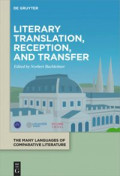
Literary translation, reception, and transfer
The three concepts mentioned in the title of this volume imply the contact between two or more literary phenomena; they are based on similarities that are related to a form of ‘travelling’ and …
- Edisi
- -
- ISBN/ISSN
- 9783110641998
- Deskripsi Fisik
- IX, 501 p.
- Judul Seri
- -
- No. Panggil
- 418.04 LIT l
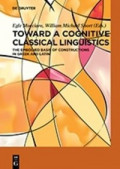
Toward a cognitive classical linguistics :he embodied basis of constructions …
This volume gathers a series of papers that bring the study of grammatical and syntactic constructions in Greek and Latin under the perspective of theories of embodied meaning developed in cognitiv…
- Edisi
- -
- ISBN/ISSN
- 9783110616347
- Deskripsi Fisik
- VIII, 273 p.
- Judul Seri
- -
- No. Panggil
- 480 MOC t

Migrating texts :circulating translations around the Eastern Mediterranean
Explores translation in the context of the multi-lingual, multi-ethnic late-Ottoman Mediterranean world. Fénelon, Offenbach and the Iliad in Arabic, Robinson Crusoe in Turkish, the Bible in Greek-…
- Edisi
- -
- ISBN/ISSN
- 9781474439015
- Deskripsi Fisik
- xii, 344 p.; 22 cm.
- Judul Seri
- -
- No. Panggil
- 418.02091822 MIG m
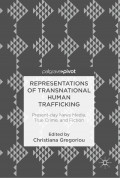
Representations of transnational human trafficking :present-day news media, t…
This open access edited collection examines representations of human trafficking in media ranging from British and Serbian newspapers, British and Scandinavian crime novels, and a documentary serie…
- Edisi
- -
- ISBN/ISSN
- 9783319782140
- Deskripsi Fisik
- -
- Judul Seri
- -
- No. Panggil
- 401.41 REP r
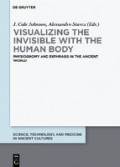
Visualizing the invisible with the human body :physiognomy and ekphrasis in t…
Physiognomy and ekphrasis are two of the most important modes of description in antiquity and represent the necessary precursors of scientific description. The primary way of divining the character…
- Edisi
- -
- ISBN/ISSN
- 9783110642698
- Deskripsi Fisik
- VI, 501 p.
- Judul Seri
- -
- No. Panggil
- 480 JOH v
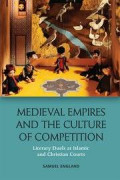
Medieval empires and the culture of competition:literary duels at Islamic and…
Shows how the interactive, confrontational practice of courtly arts shaped imperial thought in the Middle AgesA probing inquiry into medieval court struggles, this book shows the relationship betwe…
- Edisi
- -
- ISBN/ISSN
- 9781474425223
- Deskripsi Fisik
- viii, 230 pages ; 25 cm
- Judul Seri
- -
- No. Panggil
- 909.07 ENG m
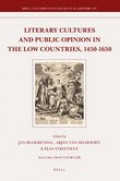
Literary cultures and public opinion in the Low Countries, 1450-1650
In the early modern Low Countries, literary culture functioned on several levels simultaneously: it provided learning, pleasure, and entertainment while also shaping public debate. From a ditty in …
- Edisi
- -
- ISBN/ISSN
- 9789004206168
- Deskripsi Fisik
- x, 324 p.
- Judul Seri
- -
- No. Panggil
- 839.109002 BLO l
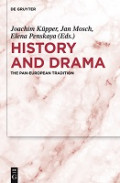
History and drama:the Pan-European tradition
Aristotle’s neat compartmentalization notwithstanding (Poetics, ch. 9), historians and playwrights have both been laying claim to representations of the past – arguably since Antiquity, but cer…
- Edisi
- -
- ISBN/ISSN
- 9783110604276
- Deskripsi Fisik
- viii, 202p.: ill. ; 24 cm
- Judul Seri
- -
- No. Panggil
- 809.2 HIS h
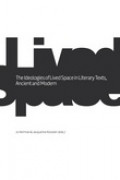
The ideologies of lived space in literary texts, ancient and modern
In a brief essay called Des espaces autres (1984) Michel Foucault announced that after the nineteenth century, which was dominated by a historical outlook, the current century might rather be the c…
- Edisi
- -
- ISBN/ISSN
- 9789038221021
- Deskripsi Fisik
- 256 p.
- Judul Seri
- -
- No. Panggil
- 800 KLO i
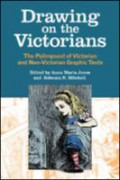
Drawing on the Victorians :the palimpsest of Victorian and neo-Victorian grap…
Late 19th-century Britain experienced an explosion of visual print culture and a simultaneous rise in literacy across social classes. New printing technologies facilitated quick and cheap dissemina…
- Edisi
- -
- ISBN/ISSN
- 9780821445877
- Deskripsi Fisik
- XIV, 382 p.
- Judul Seri
- -
- No. Panggil
- 700.94109034 DRA d
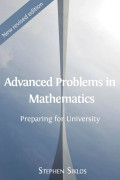
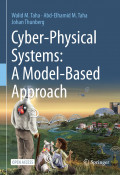
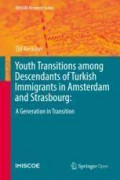
 Karya Umum
Karya Umum  Filsafat
Filsafat  Agama
Agama  Ilmu-ilmu Sosial
Ilmu-ilmu Sosial  Bahasa
Bahasa  Ilmu-ilmu Murni
Ilmu-ilmu Murni  Ilmu-ilmu Terapan
Ilmu-ilmu Terapan  Kesenian, Hiburan, dan Olahraga
Kesenian, Hiburan, dan Olahraga  Kesusastraan
Kesusastraan  Geografi dan Sejarah
Geografi dan Sejarah